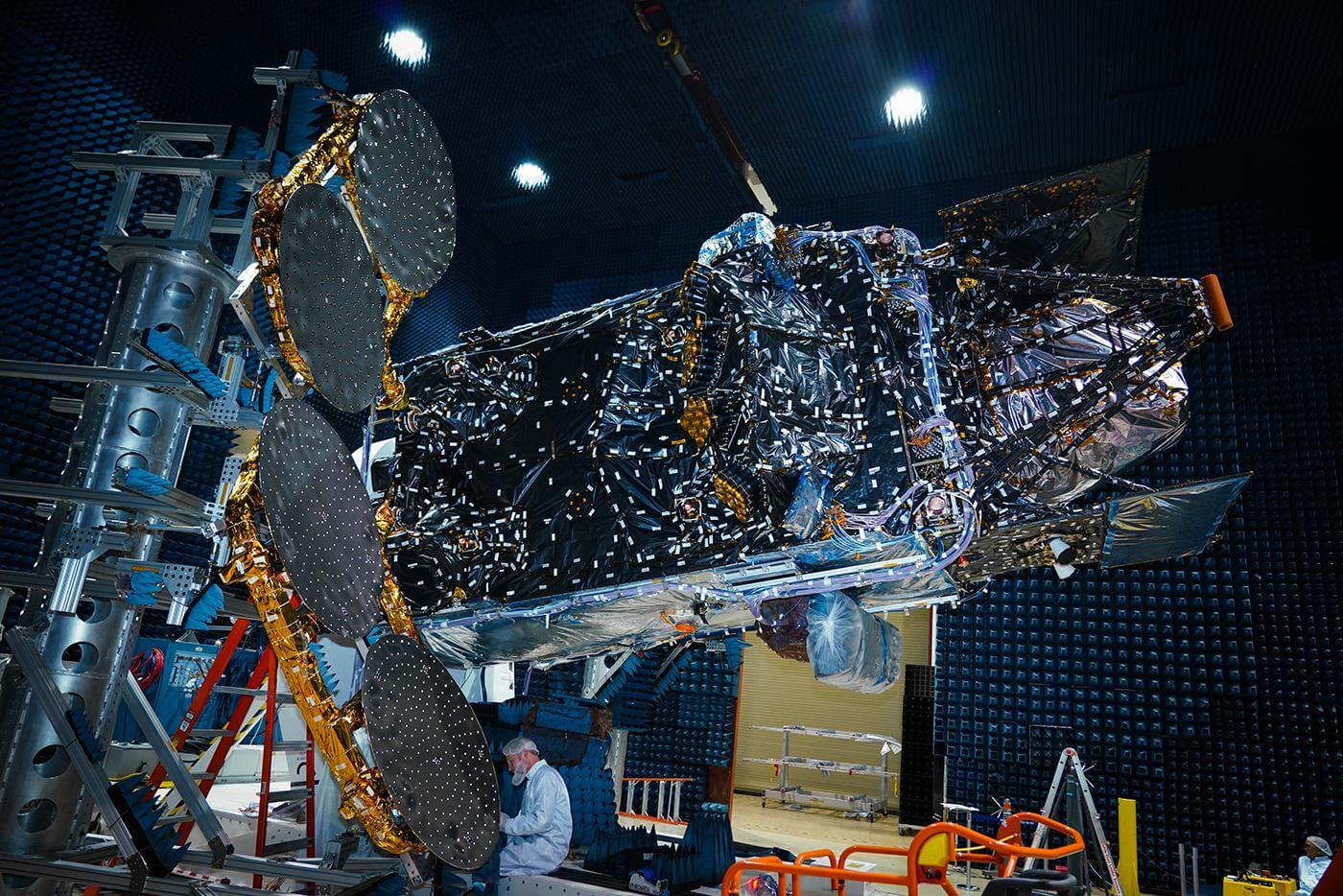On Friday, a new NASA device named Tropospheric Emissions Monitoring of Pollution (TEMPO) was launched from Florida on a SpaceX Falcon 9 rocket. The rocket launch was successful and now TEMPO will be able to track air pollution over North America. The device’s advanced technology will enable scientists to monitor air pollutants and their sources of emission from space with greater detail, even down to the neighborhood level.
NASA’s TEMPO project manager, Kevin Daugherty, has stated that the newly launched instrument will be able to measure pollution and air quality on an hourly basis throughout the daytime across a vast area of North America. The instrument’s coverage will extend from Puerto Rico in the south all the way up to Canada’s tar sands in the north.
The US Environmental Protection Agency (EPA), the National Oceanic and Atmospheric Administration (NOAA), and other agencies tasked with addressing atmospheric pollution will utilize the data provided by the instrument.

What makes TEMPO stand out from other instruments?
NASA Administrator, Bill Nelson, emphasized in a statement that the TEMPO mission serves a greater purpose beyond the study of pollution. The mission aims to enhance the quality of life for all individuals on Earth.
NASA’s data will aid in the improvement of air quality across North America and help safeguard our planet by tracking the impact of various factors like rush-hour traffic, forest fires, and volcanic eruptions.
Additionally, TEMPO’s chemistry laboratory-like device, which is approximately the size of a washing machine, is mounted on an Intelsat communications satellite in geostationary orbit, making it a distinctive feature.

What is geostationary orbit?
According to atmospheric physicist Caroline Nowlan, from the Harvard & Smithsonian Center for Astrophysics, geostationary orbit is a well-known position for weather and communication satellites. However, TEMPO’s air quality instrument measuring gases will be the first of its kind to be placed in this orbit.
TEMPO will be positioned in a geostationary orbit located 22,236 miles (35,786 kilometers) above the equator. This orbit allows the instrument to synchronize with the Earth’s rotation, thus enabling it to remain over North America consistently.
According to Caroline Nowlan, TEMPO’s hourly measurements will provide a complete picture of the atmospheric conditions over North America throughout the day as long as the sun is visible.
TEMPO has a diverse range of applications, including measuring the levels of different pollutants, providing air quality forecasts, and facilitating the development of emission-control strategies.

Why is the mission important?
The mission is vital because over 137 million people, which account for more than 40% of the US population, live in areas with unhealthy levels of particle pollution or ozone, as reported by the American Lung Association. Furthermore, air pollution is responsible for around 60,000 premature deaths annually.
TEMPO will track numerous pollutants, including nitrogen dioxide, formaldehyde, and ozone, all of which are generated from the burning of fossil fuels.
According to Daugherty, TEMPO is scheduled to become operational by the end of May or early June and start generating data in October. However, the data will not be accessible to the public until April of next year.















